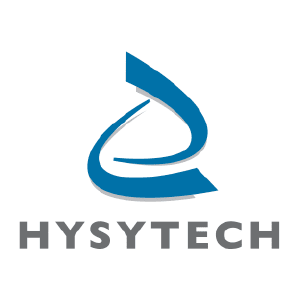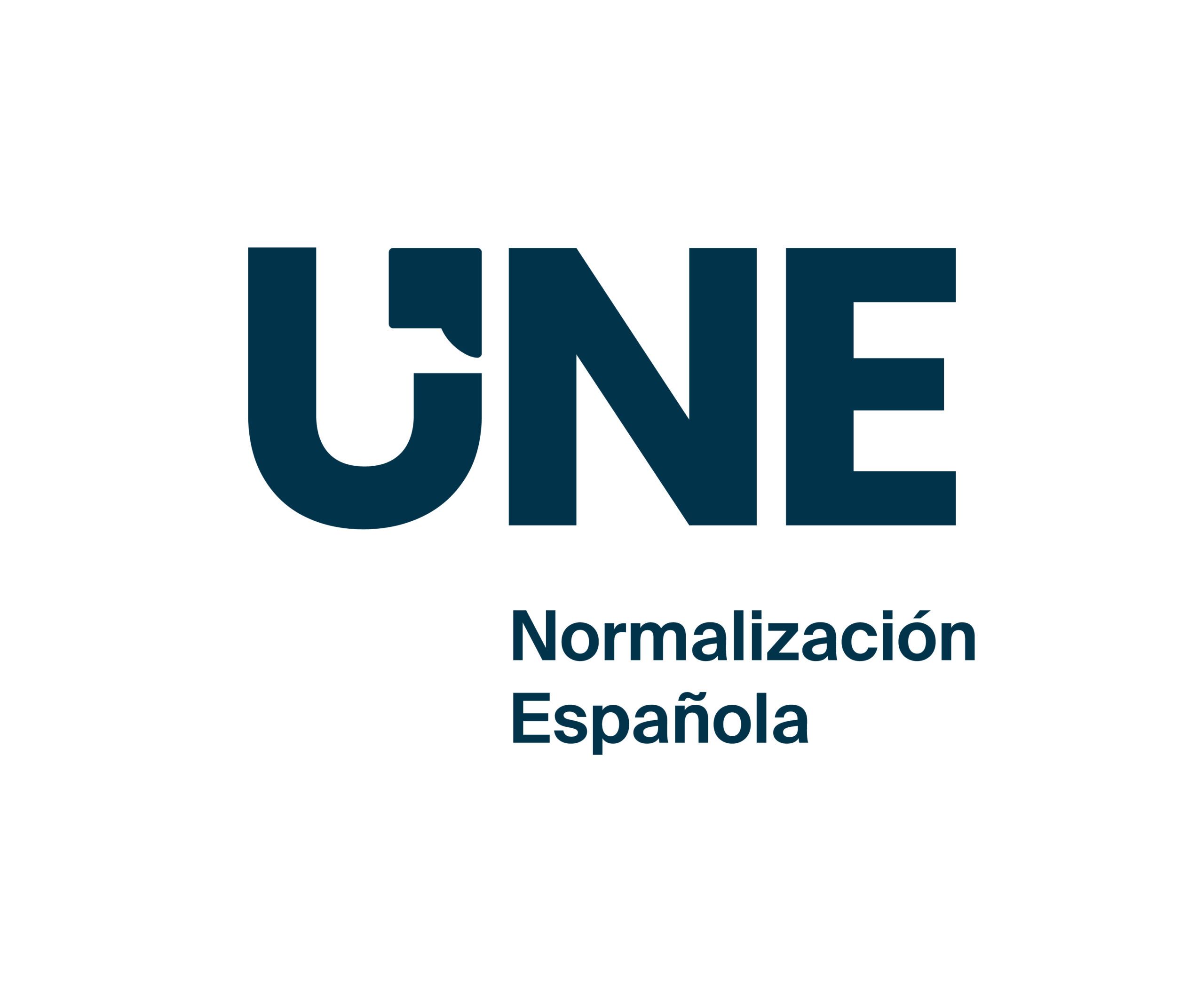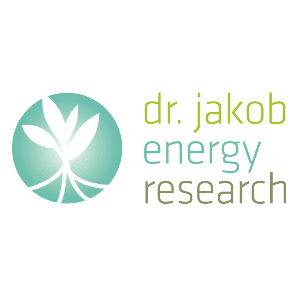REGEN-BY-2
Why REGEN-BY-2
REGEN-BY-2 will provide a decisive contribution to fulfil these ambitious EU objectives by developing a novel multi-generation, all-in-one integrated energy plant capable of converting any type of RES thermal source, from low to high-temperature, in energy vectors such as electric, heating and-or cooling powers, thus enabling the simultaneous supply to multiple typologies of end-users with different energy demands.
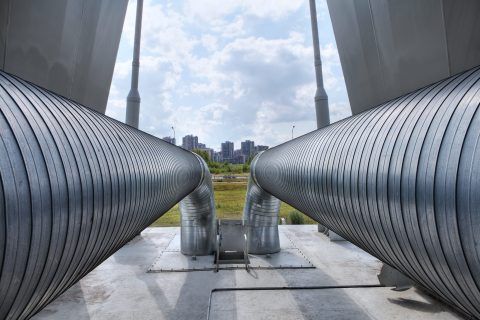
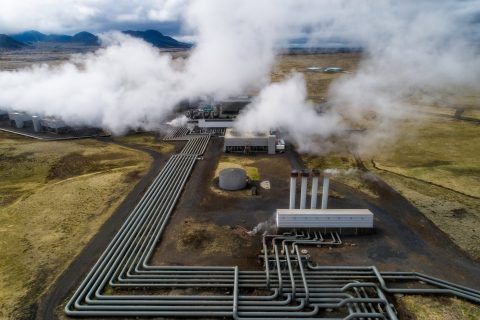
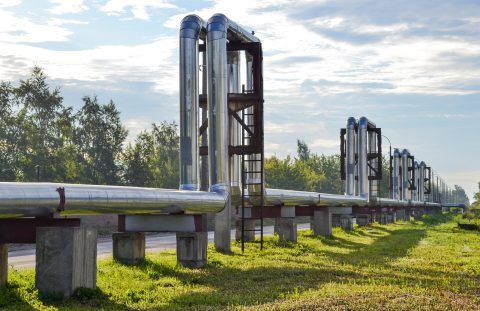
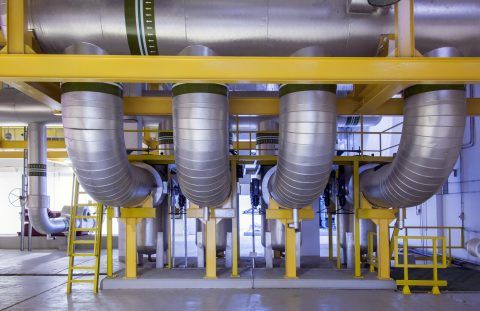
About REGEN-BY-2
The key of REGEN-BY-2 is the development of machines that are capable of functioning with two-phase fluids circulating through them, that is, fluids composed of both liquid and vapour phases. The patented thermodynamic cycle is highly efficient as it is constituted by a proper combination of Carnot cycles (the most efficient engine possible) operating with a two-phase fluid circulating in novel two-phase expanders and two-phase compressors. Expanders or turbines are machines that convert the thermodynamic energy contained in a fluid into mechanical power and pass it on to generators which then produce electricity; while compressors use mechanical power coming from variable speed motors to increase the pressure of the working fluid, concentrating the energy it contains and transporting it through the system. To be successful, these two-phase machines will have to be developed and integrated into the REGEN-BY-2 lab-scale prototype.
REGEN-BY-2 will follow a development process consisting of 3 main phases: design, construction and test of the prototypes. Firstly, REGEN-BY-2 will design the two-phase expander and compressor via mathematical models and Computational Fluid Dynamics (CFD) analysis, as well as design the whole plant, selecting the most appropriate working fluid and performing a thermodynamic sensitivity analysis. Secondly, the lab-scale prototypes of the two-phase fluid machines and of the REGEN-BY-2 plant will be built, through the design technical specifications. Lastly, REGEN-BY-2 will perform experimental tests on the lab-scale prototypes of the expander and the compressor, and test the multi-generation plant, where the thermal power transferred from the renewable heat source to the working fluid, is delivered to the end-user through specific heat exchangers.
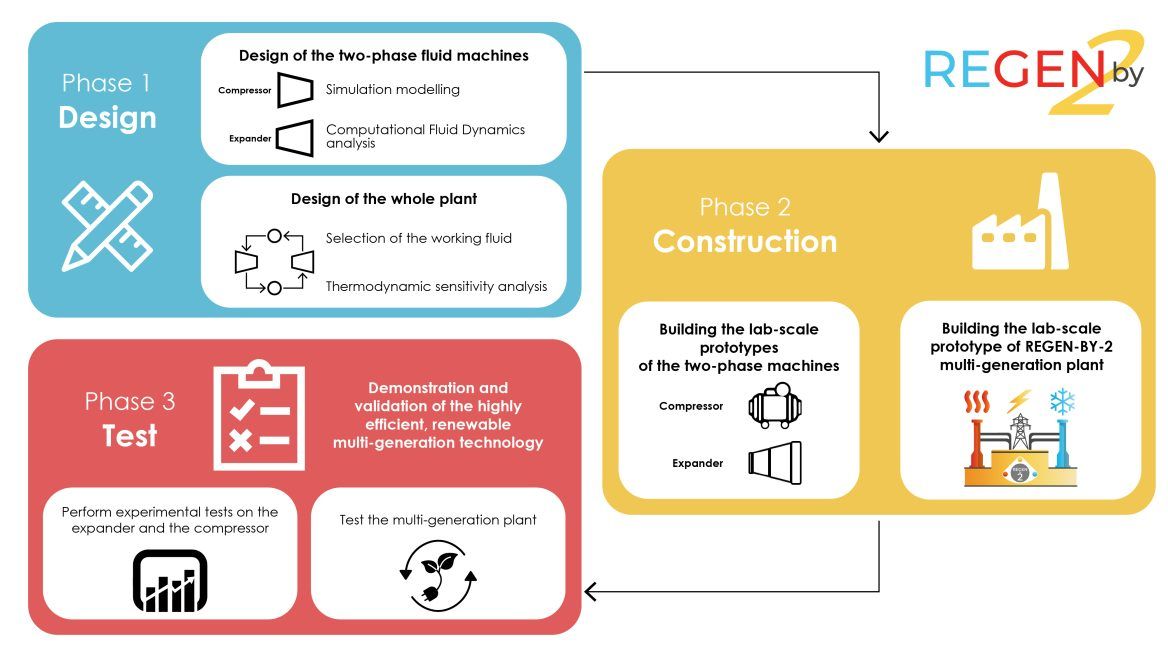
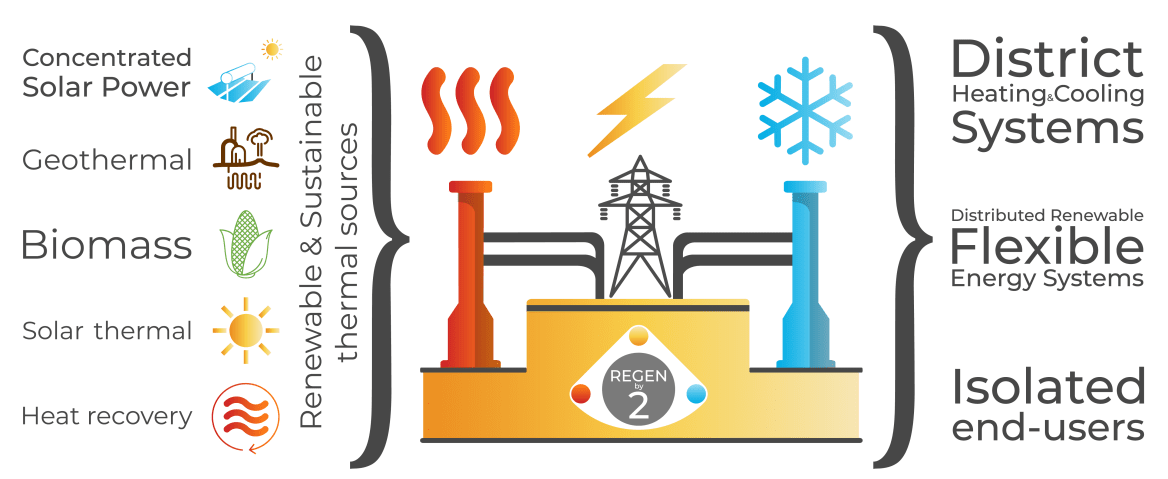
Expected results
REGEN-BY-2 will demonstrate the functionality and advantages of the patented renewable multi-generation technology by designing, constructing and experimenting with a lab-scale prototype of the thermodynamic cycle and related energy plant, enabled by two-phase fluids machines. The result will be a highly efficient turnkey multi-generation, all-in-one Combined Heating and Power (CHP), Combined Cooling and Power (CCP) and Combined Cooling Heating and Power (CCHP) device.
By effectively taming the potential of fluids in the two-phase region (both liquid and vapor phases), the REGEN-BY-2 multi-generation technology has the potential to deliver a radical step-change in energy system efficiencies, costs and RES penetration. New energy systems fed by low temperature sources can increase electric power production up to 50% using two-phase machines compared to existing plants based on the well-known Rankine thermodynamic cycle.
REGEN-BY-2 technology is capable of simultaneously supplying multiple typologies of end-users, with different energy demands in terms of required electric, heating and-or cooling powers, from small to large-scale, and related temperatures.
REGEN-BY-2 will efficiently provide the end-users in a predictable and dispatchable way thanks to its large operative flexibility for chasing and satisfying the end-users’ time-dependent energy requirements.
REGEN-BY-2 technology is a breakthrough in our energy system as it will be used in wide sectors, such as District Heating and Cooling systems, Distributed Renewable Flexible Energy systems and isolated end-users, thus strengthening EU leadership in the RES technologies by 2050.
REGEN-BY-2 brings a technological advancement that will reverberates across the entire energy system as it will foster innovation in other sectors:
- Control systems that tune and optimize flexible multi-generation for specific application scenarios will be needed.
- Aggregators and ESCOs will be able to innovate their business models and make better use of renewables.
- Grid operators and energy suppliers within the grid will have a new asset for increasing the share of renewables and balancing (e.g. diverting electricity to heating or cooling).
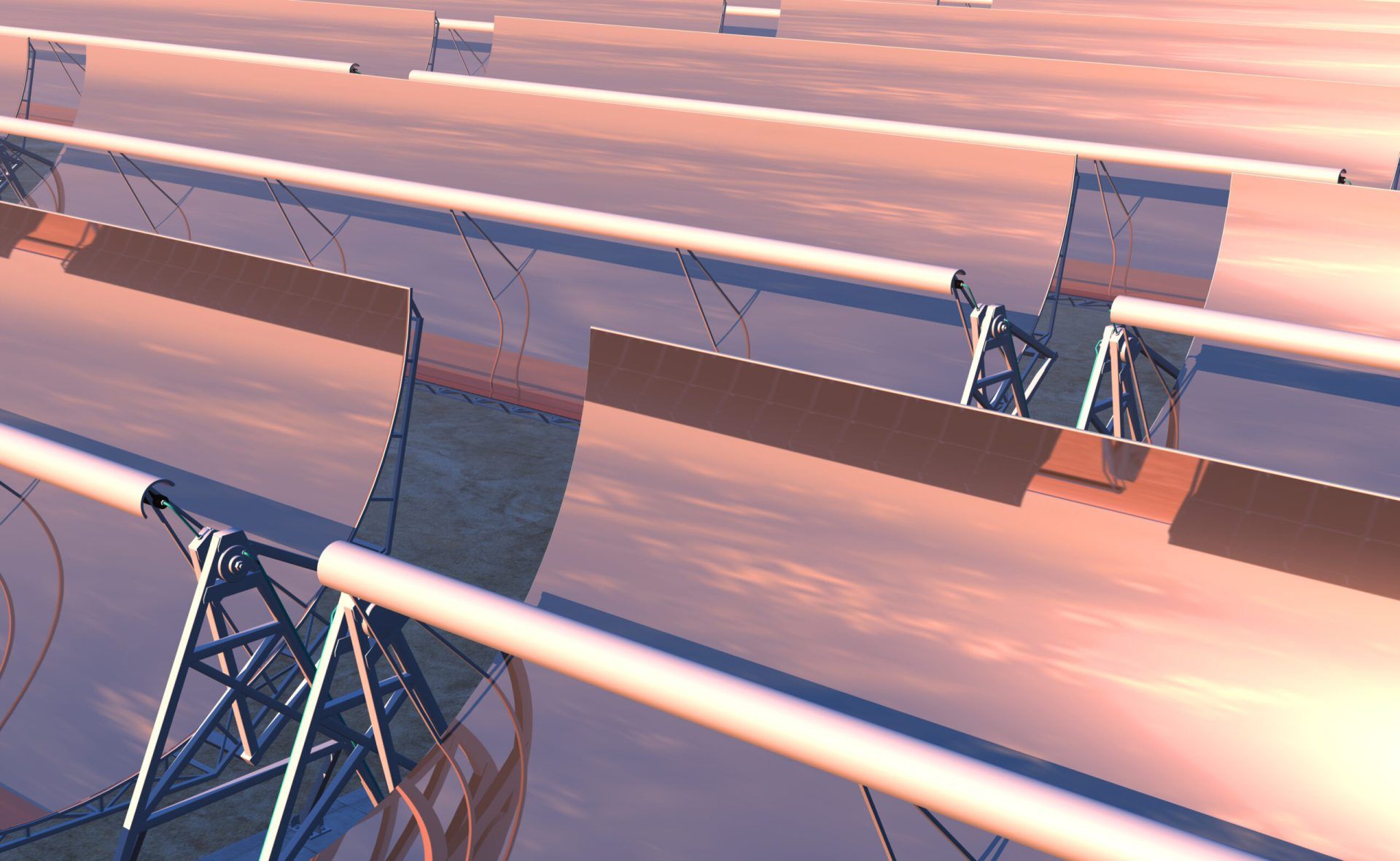
The consortium

Università di Pisa
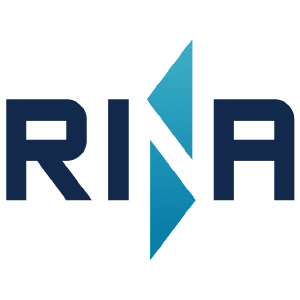
RINA Consulting Spa

Fundación CARTIF

R2M Solution

TIFEO Srl
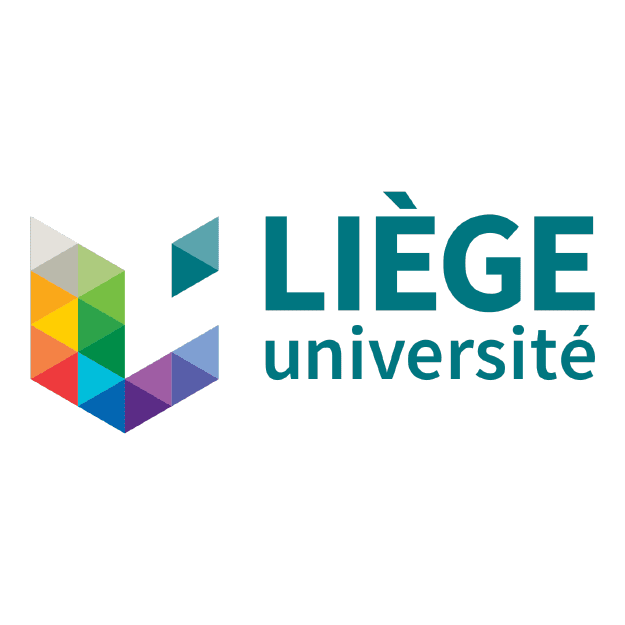
Université De Liège

EXOES

LSTME Busan Branch of LSTM Erlangen e.V.
